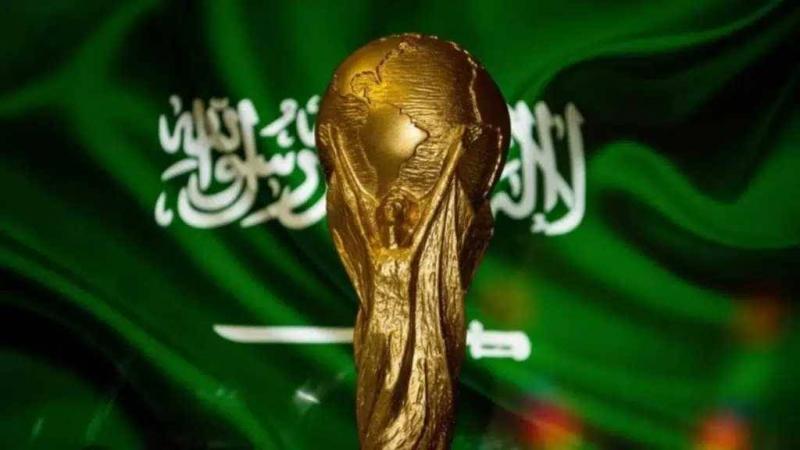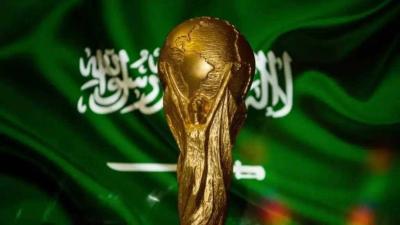Saudi Arabia's bid to host the 2034 World Cup unveiled that the tournament, featuring 48 teams across 15 stadiums, will take place in five cities, with the King Salman Stadium in Riyadh set to host the opening and final matches. The Saudi Press Agency published details of the bid, confirming that the tournament will be held in Riyadh, Jeddah, Khobar, Abha, and Neom.
The matches will be played in 15 stadiums, most notably the new King Salman Stadium located north of the capital Riyadh, which will become the central venue for the Saudi national team. In Riyadh, specifically in the Qiddiya area, Prince Mohammed bin Salman Stadium, which sits atop one of the peaks of Tuwaiq Mountain, will feature a unique futuristic design with colored glass façades and LED screens.
Additionally, Riyadh will house the famous King Fahd Sports City Stadium, which is set for development to meet the latest international standards, increasing its capacity to over 70,000 spectators. Other stadiums included in the bid are King Saud University Stadium, the new Murabba Stadium, Prince Faisal bin Fahd Sports City Stadium, Roshan Stadium, and South Riyadh Stadium.
In Jeddah, the new Jeddah Central Stadium will be built with an architectural design inspired by local heritage and traditional wooden architecture of the historic Jeddah District, while the coastal stadium in King Abdullah Economic City will serve the vibrant community and be aesthetically inspired by the stunning coral reefs of the Red Sea. Jeddah will also include Qiddiya Beach Stadium, King Abdullah Economic City Stadium, and King Abdullah Sports City Stadium.
In Khobar, the new Aramco Stadium will sit on the Arabian Gulf shore, featuring a dynamic design inspired by the sea and mimicking the "whirlpools" seen off the coast during summer. In Abha, King Khalid University Stadium will be one of the venues, undergoing temporary expansion to increase its capacity to 45,000 spectators.
Neom Stadium is expected to be the most distinctive stadium globally, located at an elevation exceeding 350 meters within the "The Line" structure, providing an exceptional and unprecedented experience for football matches. The primary power sources for the stadium will include wind and solar energy, representing a historic breakthrough in stadium development worldwide.
To capitalize on Saudi Arabia's geographic diversity, the hosting plan will extend to ten supporting cities that will accommodate some national team training camps before and during the tournament. These cities feature tourist areas that will allow participating teams and attending fans to explore the Kingdom's cultural heritage and enjoy unique tourism experiences during the hosting period.
Regarding accommodations, the bid showcases more than 230,000 rooms spread across the host and supporting cities for VIPs, FIFA officials, participating teams, media personnel, and tournament fans. For team training centers, 132 training sites have been proposed in 15 cities hosting the 48 participating teams and their accompanying delegations, which include 72 stadiums designated for training camps, in addition to two training centers for referees.
The bid also provides numerous details about ten different locations in the host cities to hold the FIFA Fan Festival™, where FIFA will select one site in each host city. Proposed locations include King Salman Park in Riyadh, which is set to become the largest urban park in the world, along with other proposed venues like the Jeddah waterfront on the Red Sea, the sea square in Abha within the "Abha Valley" project, the marina within "The Line" project in Neom, King Abdullah Park in Khobar, and other areas allowing fans to watch the matches and engage in exceptional experiences amidst unique entertainment atmospheres throughout the tournament weeks.




